Decluttering sentimental items can be one of the hardest projects to tackle—but also the most pleasurable in the end! Today we’re sharing what we’ve learned from our personal experiences of purging unnecessary items—and the benefits we’ve enjoyed! (And there are more than 3!)
Over 15 years ago, when Matt and I had just gotten married and had very little furniture, he made us our first bed.
Furniture making being his dream job, Matt was chomping at the bit to get started on this project. I designed the bed, then he built it. (Little did we imagine how often we’d repeating THAT combo these past 15 years!)
Before building the bed, Matt went to a specialty hardwood store and picked out a beautiful wood. You can see the finished bed he built in this tour of our first house. It was what we wanted at the time, and it lasted us over 15 years. (Minus the years we lived in New Zealand and it sat in a storage container.)
Talk about something irreplaceable, right? However…
…last year we donated that bed.
Yep. Donated it to a great charity. We both agreed it was the right thing to do, and we felt so good about it!
It’s not the first time we’ve sold or donated an item of furniture that was technically “irreplaceable.” We’ve done it before. And it felt really, really healthy!
And I think we may do it again. If you’re curious why, read on!
Decluttering Sentimental Items:
Letting go of items that no longer help us live the life we want.
I feel there are many other talented writers on this subject, so I won’t even attempt to write the definitive article on how other people can let go of their furniture and/or sentimental items.
What I will share is a teensy little bit of our story as to what we have done—why we let go of our furniture and sentimental items.
I know this is a difficult subject for some of you, and I want to say that I so understand! For years I wouldn’t get rid of a thing! We had (and paid for!) a storage unit for ALL our stuff during the three years we lived in New Zealand. And when we moved back to the U.S. and were moving that unit full of stuff from Oregon to California, we weeded out very little. It was such a stressful time of life for us (I was heavily pregnant, we were moving countries/hemispheres AND THEN states all in the span of a few days, and my grandmother/most-nurturing-adult-figure-during-my-growing-up-years had just died unexpectedly) that we didn’t go through and cull heavily right then.
However, we’re hopefully always growing as human beings, right? Right. 🙂
The past several years, Matt and I’ve been growing in the area of our attitude towards our possessions. I came from a background where I watched various levels and styles of holding-onto-things-forever. The fear of letting go and the fear of not having enough even amidst abundance was generationally passed down to each of us in a number of ways. (We’re not blaming anyone here; just sharing what we’ve come from and where we’ve been! The change we’ve experienced has been huge! And we want to be as healthy as possible for our children and future generations!)
So how did we go from controlling, fear-based childhood training all the way to now donating what outsiders would think should be our most treasured items? (Some say we went crazy! We say we got healthy!)
Read on!
Decluttering Sentimental Items:
Why we decided to let go of some sentimental objects & furniture.
1. Improved functionality & space.
Our initial reason for letting go of furniture and decluttering sentimental objects was to minimize our clutter. So many items were filling our space unnecessarily, and it was causing stress.
As we started letting items go, I quickly realized
- It was easier to clean our house!
- Even when I hadn’t cleaned, our house automatically looked neater & tidier by just the absence of all the clutter.
- We had more space!
And when I say we had more space, I mean not just physically but mentally. I’ve talked before about how visual I am. I soon learned how much more space to think and be creative I had when there was less “stuff” around me.
VISUAL SPACE
Matt felt the same. Once, I asked him if it was okay for me to take down a number of photos that had been covering a large white wall. I was concerned it would look too blank to him, but I explained I “just wanted to test it out” for a few weeks to see.
It’s a few years later, and we’ve never put anything back up on that wall! (And it’s quite a large wall in our living room.) Both Matt and I agreed one day during the testing process, “You know, it looks pretty nice without anything up!”
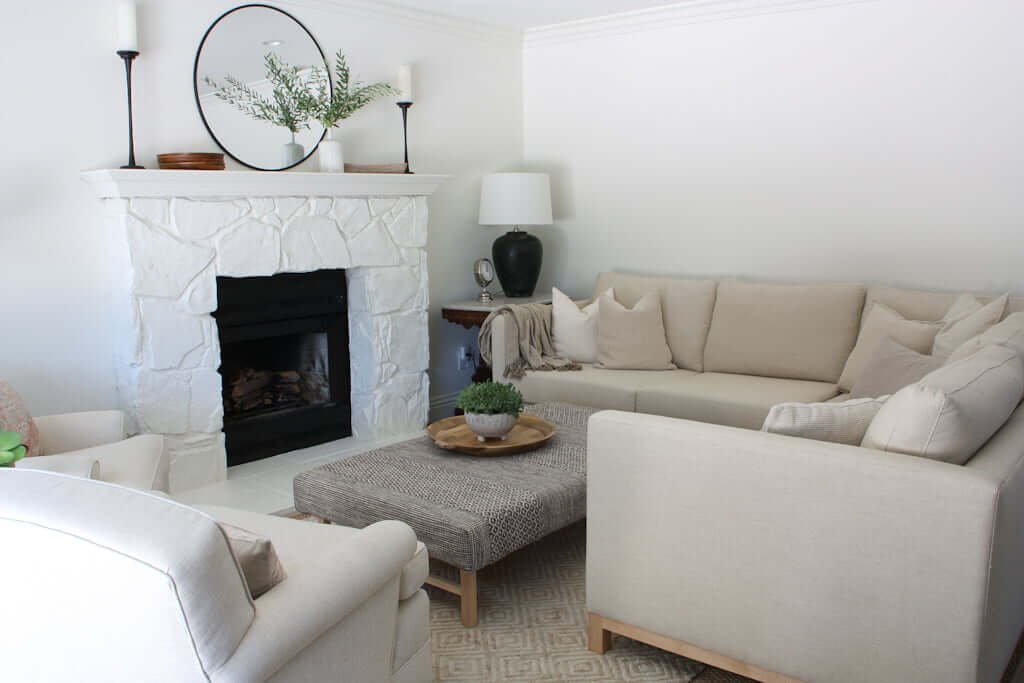
The same principle goes for furniture and other items. We created space in our home and in our lives by letting go of furniture that we didn’t use or need. We even donated about 75% of our books. (Have you ever noticed how cluttered bookshelves can look? And it’s amazing how few of our books we all actually read, but that’s another discussion. I had to read MANY articles on letting go of books to get myself pumped up for it, and even then it took us several rounds to whittle it down to what we have today. And I think we actually could get rid of half of what we still have! For us, it’s a process.)
INCREASED CREATIVITY IN KIDS.
The same goes for our daughters. Our simple, organized craft & homeschool space is a great example of this, and their high levels of creativity daily reaffirm this new direction. These girls spend hardly any time on screens; they’re too busy creating things I’d never dream of! We are so, so proud of them.
2. Accurate reflections.
Our homes not only can be a reflection of the people who live there, but they also affect the way we feel living there!
Sometimes, the reason Matt and I let go of some furniture or other items was simply because it wasn’t our style anymore—it didn’t reflect who we have grown to be and/or that was affecting how we felt in the present!
Now, for both of us coming from what I like to call “selectively frugal” backgrounds, this was a big hurdle to overcome. A voice in my head said, “Hey! You paid money for that thing! Getting rid of it would be a waste! How spoiled are you getting rid of it simply because it’s ‘not your style anymore’?”
While there’s a time and a place to keep something that may not be our style anymore, if there’s an opportunity to replace it—or even remove it entirely, without a replacement—we’ve found this to be healthy for us.
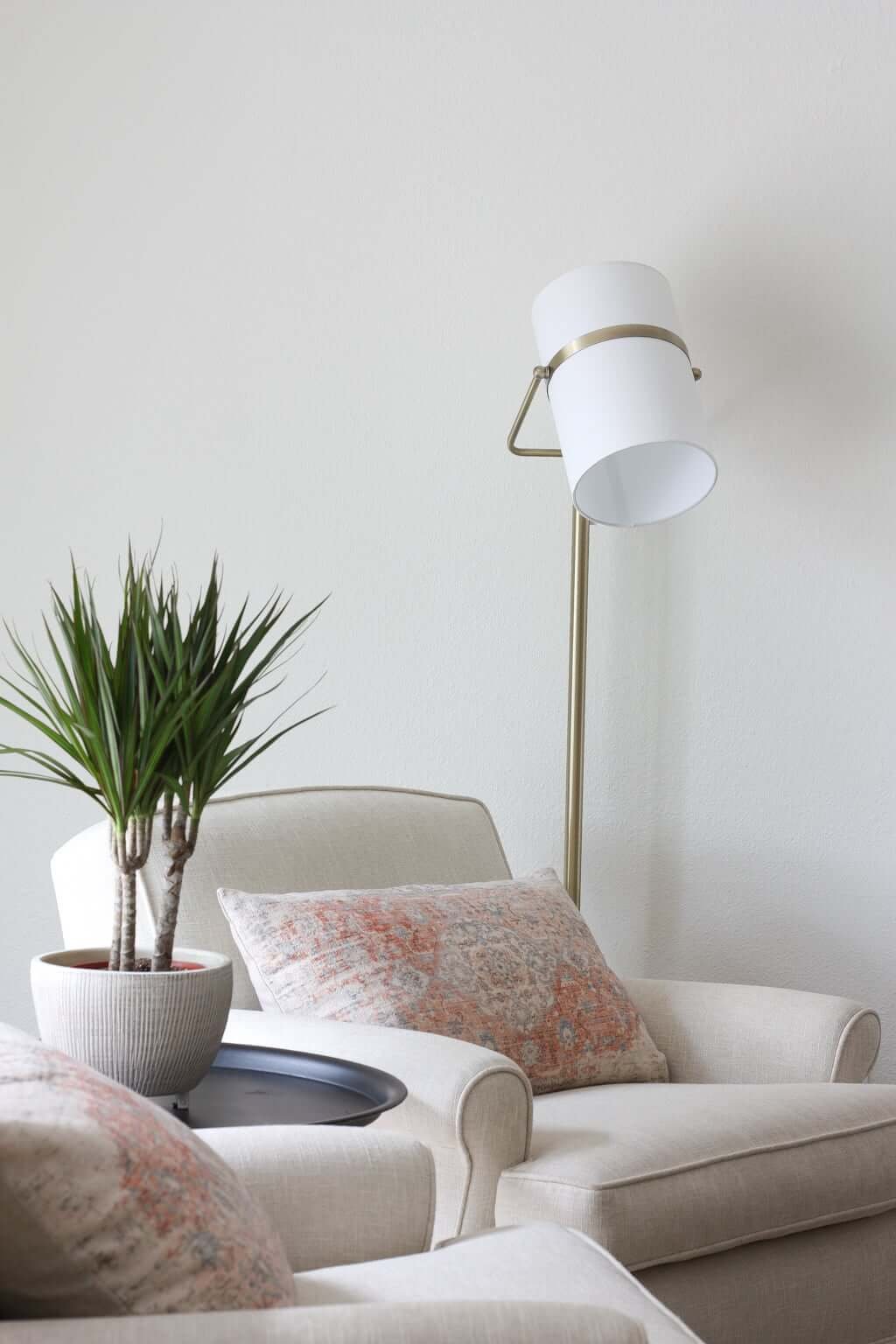
FEELING GOOD!
I’ll say it again: Our homes affect the way we feel. And, especially for me, I found that hanging onto random home items I purchased 20 years ago (but no longer liked) wasn’t helping me in any way. In fact, it was hindering me. Most of those old items would remind me of past times that weren’t pleasant to dwell on, or they negatively affected the way I felt. It was a subtle effect that took years to see but was easily addressed once I realized it.
I also discovered that it was a lie I had to hang onto things I “paid money for” in order to be efficient, because that makes no logical sense. If I bought it in the past, it’s done. I can never change that. Hanging onto the item will not get me my money back. But I could learn from that purchase and make changes in the future—THAT I could control.
I can say that (for us!) the freedom that came from the realization we could let go of old items was priceless. And trading in something with a pricetag for something that’s priceless is actually the wisest, most intelligent trade to make!
And let’s not forget the additional “feeling good” part where we can donate these things to charity or another family that could use them. Our letting go of these items can benefit not just the new owner but so many people along the way! (Such as providing jobs, on several levels.) An item collecting dust in our home and making us feel bleh vs an item being used and appreciated daily by someone else? It just makes the choice so much easier!
3. Living in the present vs the past.
When you’re working on decluttering sentimental items, you get a chance to refresh life. I’ve touched on this subject a bit above and in my article about Home Design for the Highly Sensitive Person.
Many of the sentimental items we hang onto can bring our minds quickly to the past. That’s not always a bad thing, but for us and our situation, there was too much of that.
Especially as we became new parents, we realized the importance of living in the present. And because we were embarking on our parenting journey wanting to do many things in a new, healthy way instead of the old, unhealthy ways we’d learned, getting rid of unnecessary “past” items was really helpful to us!
One of my favorite books (and the first I read by Marie Kondo, for some reason) was this one. (Later, I read her book The Life Changing Magic of Tidying Up, which I also highly recommend.) If you’re more interested in blogs, there’s a great article by Joshua Becker on handling sentimental items here.
With the bed, for example, Matt and I discussed it together. My concern was not only for the memories but mostly for him. How would he feel about it? As we talked about it, I was surprised at how quickly he processed and decided he was okay letting the bed go. “I had fun building it! We enjoyed it! Now someone else can enjoy it and I get to make a new bed!”
Win win win!

DECLUTTERING SENTIMENTAL ITEMS:
Why We’re Doing This!
Let me be clear: we’re not getting rid of all sentimental items! We’re just being more selective about the items we do decide to keep—and why.
There’s no doubt that decluttering sentimental items is the hardest thing for most people to do—ourselves included! It took time and lots of baby steps to work our way up to the “bigger” items (and bigger doesn’t always mean physically larger!).
Sometimes, the pain caused by holding onto a sentimental item can grow greater than the pain of letting it go. (i.e. An old furniture set passed down to you is taking up all the room in a spare bedroom you really want to turn into a home office!) In the end, Matt and I were driven by the above benefits (and sub-benefits!).
We wanted to be the kind of people who weren’t tied to things. And we wanted to model that to our children. We wanted to live free and unencumbered. And while we could talk all day about it, it came down to our actions and what were we actually going to do about it.
We chose less. We chose to be thankful for the part these things played in our lives, while also remembering that they were just that: things. Not everyone will agree with us and that’s okay! Find what works for you and what helps you be the best version of yourself you want to be. Then help others do the same.
This is what we’re doing for ourselves and our children through the decluttering process. We’re becoming the best versions of ourselves—people who absolutely do not need any of our “stuff” to be happy and content…
…and we’re modeling that for our future generations!
Click to see our results in how our simplified house is looking now! You can also check out our new bed here and here! (The old bed can be seen here in our first house, 15 years ago.)
If you’re curious to read more on this subject from a slightly different angle, you can see Jess’s related post on Home Design for HSPs.


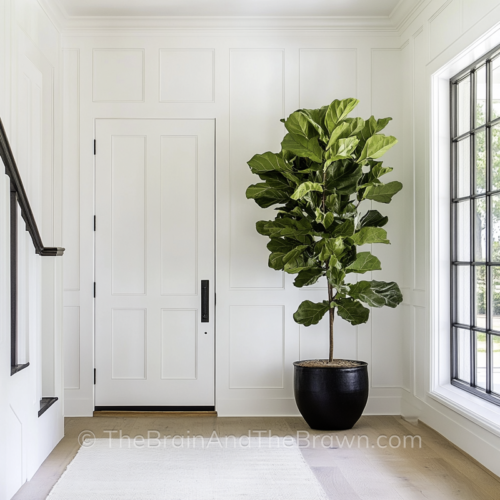


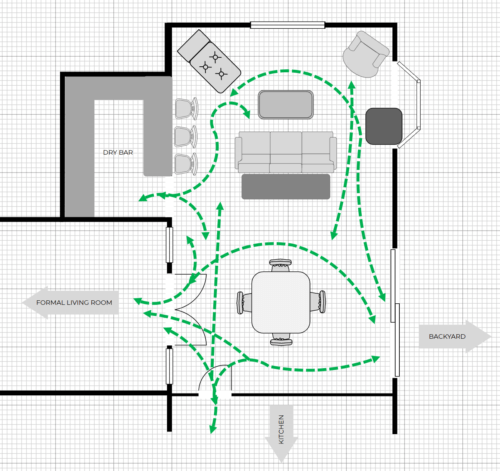
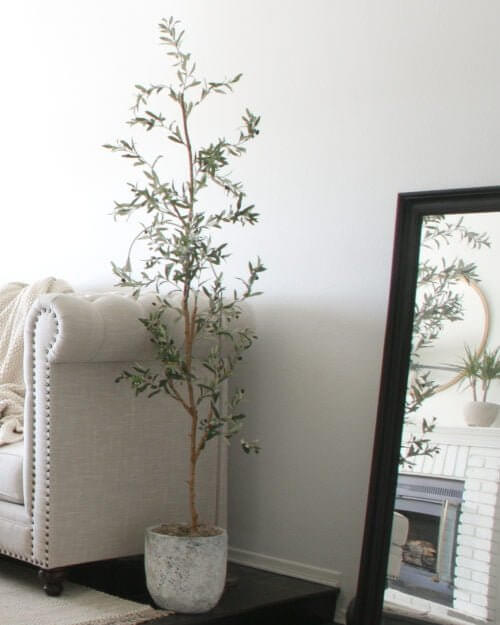


This is absolutely a fantastic and well-written blog post. I’m so glad I read it tonight. I needed to read this since I am on my own personal journey of letting go of “things” and I plan to read the resources that you linked. Thank you!
Oh yay, Halley, I’m so glad it was what you needed to read! You are very welcome. And thank you for your kind words. In my own personal journey of letting things go, I’ve found it hugely helpful to find writers on the subject who resonate with me and help me get pumped up for whatever task I’m tackling! 🙂 (I also found Marie Kondo’s book “Spark Joy” helpful.)